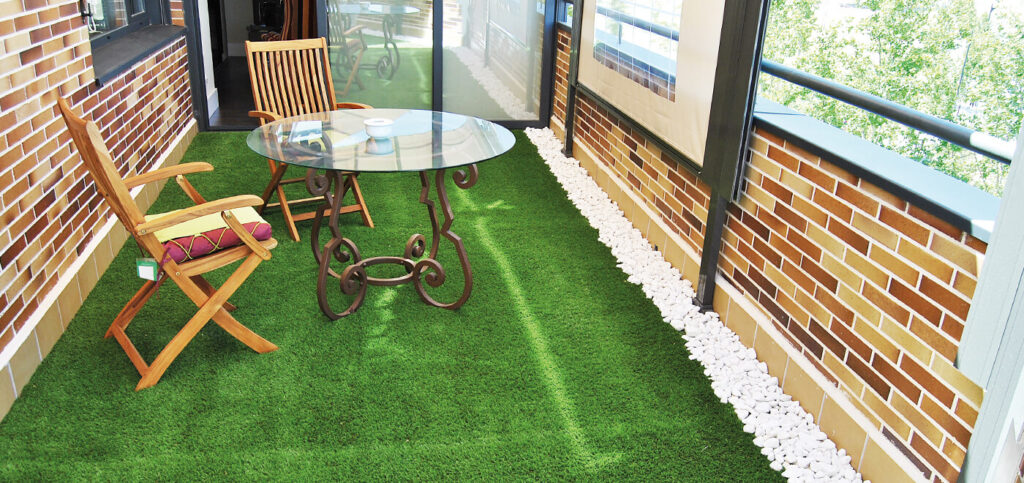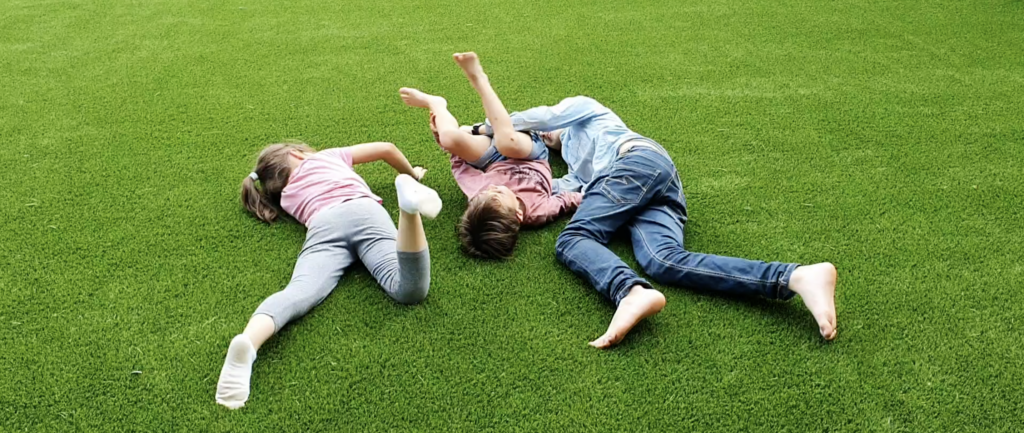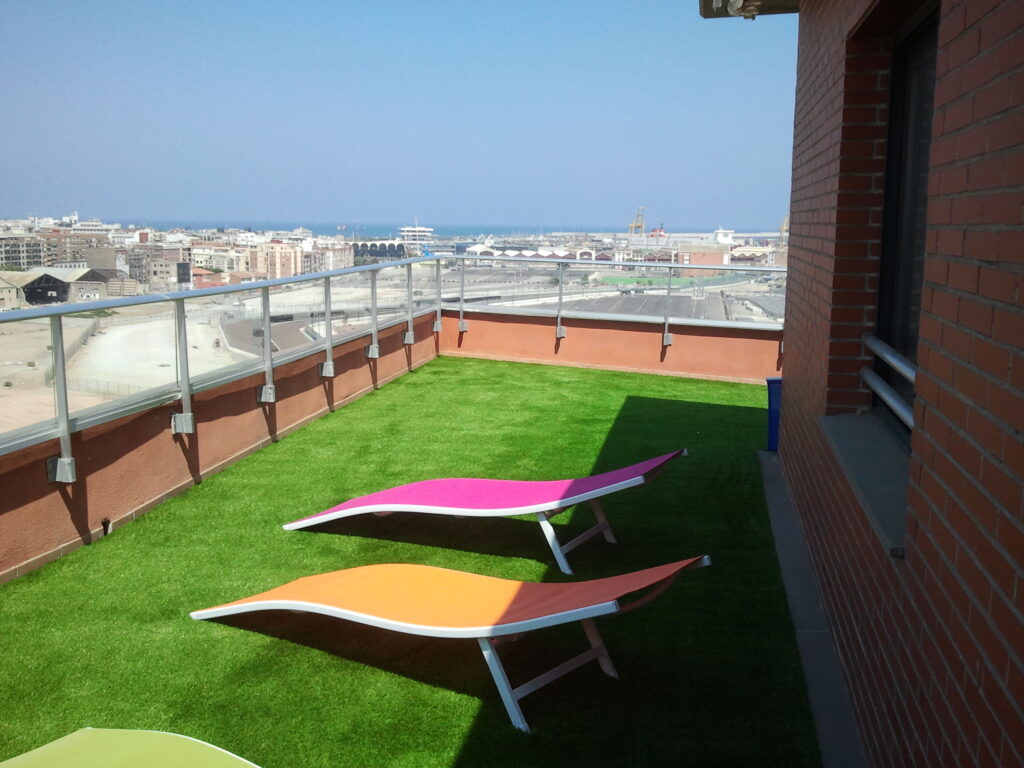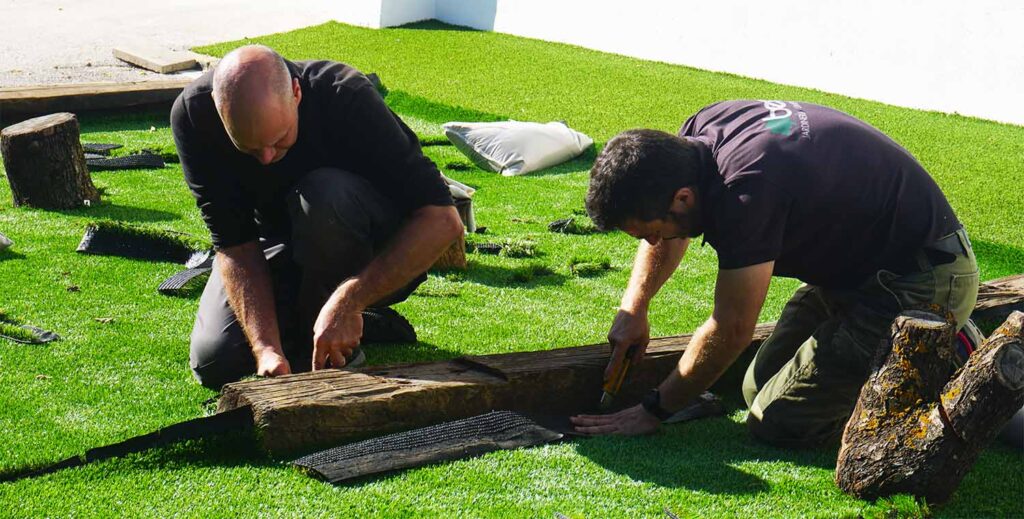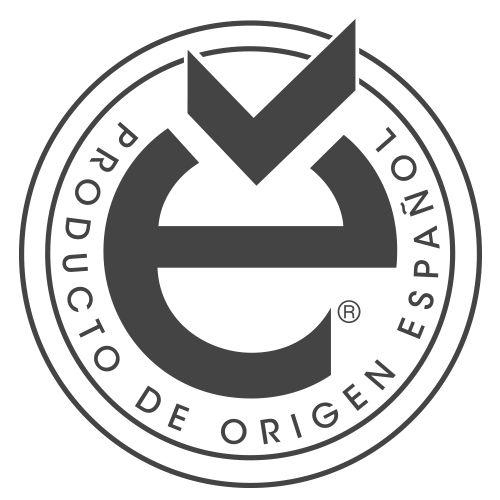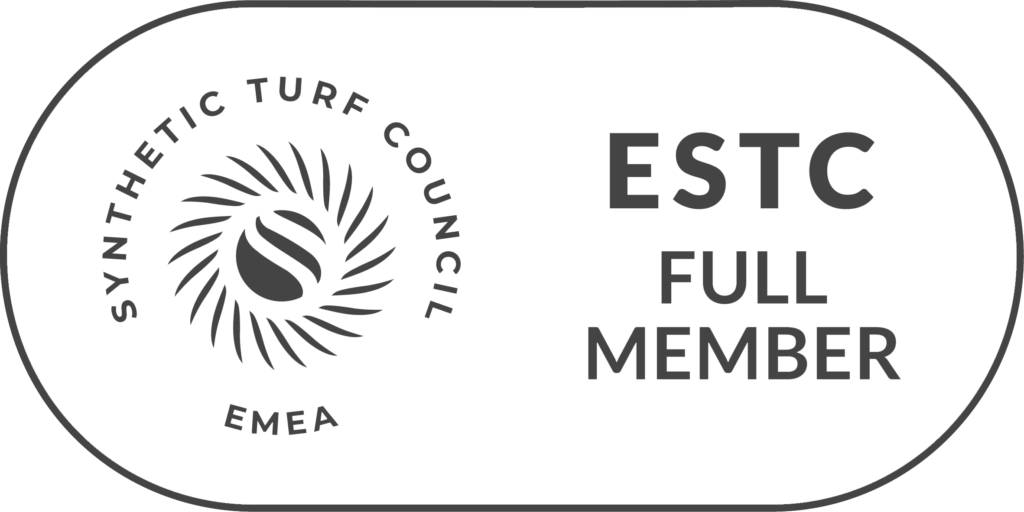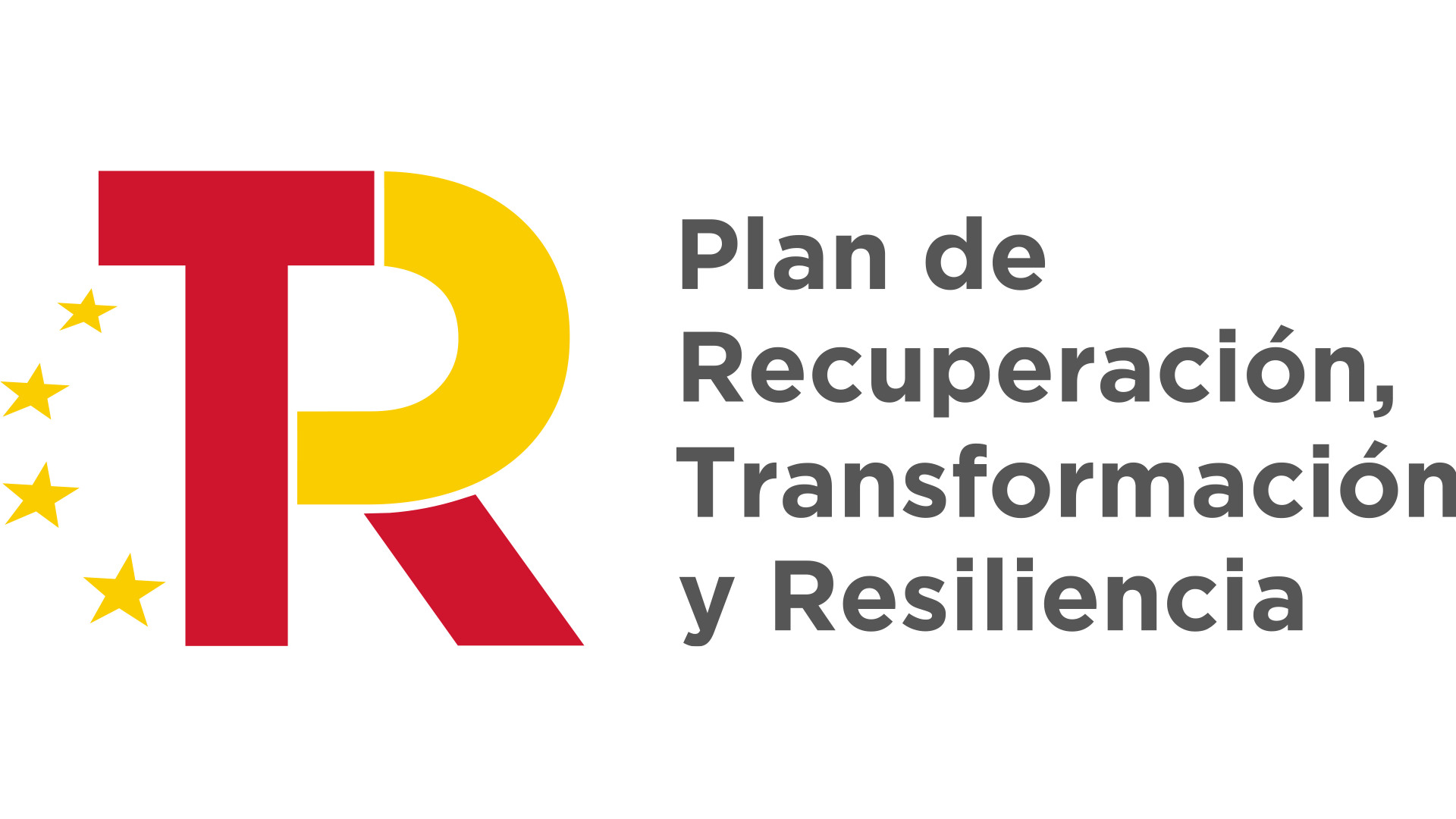José Luis Troyano is an architect from Malaga, based in Marbella, winner of Schneider’s “International Contest for Architects and Interior Designers 2018” for Spain, and in whose works you can appreciate the influence of Le Corbusier, one of the architects he most admires.
He founded the studio in 1993 and since 2010 has been working in tandem with interior designer María José Ortega of Natural Interior SLto offer an integral design service.
They are passionate about their work characterized by a contemporary design that plays with volumes and the variety of materials bathed by a studied lighting, with careful detail and focused on quality, energy efficiency and sustainability.
José Luis, what made you want to study architecture?
My father, his passion for construction that he unwittingly passed on to me.
He dedicated himself to this profession for many years, and I was always attached to him, it was the best inheritance, I will always be grateful to him because thanks to him I can enjoy this magnificent profession.
What particular aspects of your education and cultural background have shaped your design principles and philosophies?
I like to travel a lot and I am very observant, I always look for the why of what I see not only of famous buildings and architects but of everything I come across, my father used to say that the best university was a bus ticket.
What led you to work with María José Ortega of Natural Interior?
Since I started working more than 25 years ago, I knew that the future lay in creating a multidisciplinary team and fundamentally incorporating interior design into my work as an architect.
When I met my María José, we had it clear, we did not hesitate for a moment and the truth is that it has given very good results, we complement each other perfectly and it shows a lot in our work.
Today I cannot conceive of our work without one of the two.

In your studio you focus on energy efficiency and sustainability in every project. How do you do it? What are passive houses?
It is useless to make a wonderful house with a lot of design if it is not efficient, in the times we live in this is very important.
People do not know that houses pollute, they produce more CO2 into the atmosphere than cars, but it seems that this is not a big concern.
A simple example is that of a coffee thermos that maintains the interior temperature for a long time without energy input, if we transfer it to a house with a suitable thermal envelope we can maintain the temperature inside with the minimum energy input, that is the concept of passive houses.
You were the winner of the competition sponsored by Schneider for the Villa Margilou project. Tell us a little about the prize and what aspects of the project do you think made you win it?
Schneider Electric presented in 2018 the first edition of its architecture and interior design competition, which rewarded creativity, quality, comfort and connectivity and which we were fortunate to win representing Spain.
It is a house that is rooted in the terrain, it adapts to it naturally taking advantage of all the resources it offers, it was designed drawing a fan that allows us to open it to different spaces, mountain, sea and golf.
Each room has its own light and views that integrate a whole in a volume that pretends to be a sculpture that was sculpted from the ground.

The interior design has been meticulously studied, nothing was left to chance, the choice of materials that clad the house are integrated with each other in a harmonious way, special mention for the lighting, it is worth visiting the house when natural light gives way to artificial light.

The design is very important, not only the exterior volume but also the interior, and I think that’s what won us the award.
It is precisely in this project, Villa Margilou, that you used one of our Albergrass lawns for the outdoor area. Which model was selected? And what made you choose Albergrass and not another brand of artificial grass?
The model chosen was the Melange Arena IIIn this case we put all our trust in our supplier Pavimentos Deportivos Birdie Sport SL, we have been working with them for a long time and they are true professionals, we always ask for the best and this is what they offered us. And the truth is that we were very happy, both us and the customer.
The lawn works very well in the chosen area, also the quality is very good, it is not because it is yours heh heh heh When you are there it seems to be natural, with the complement of natural plants you hardly perceive that it could be artificial.
In addition, it has its advantages of maintenance as all artificial lawns, savings in water consumption, … but what stands out above others is the quality.
We have used others before and there is a big difference.

How was your experience with one of our products, would you use Albergrass again, and why?
Very good,it has been more than a year since we installed it and it is still as good as the first day, without alterations due to temperature changes, rain or sun exposure.
Yes, of course I would use Albergrass again because the experience has been good, we have no doubt. And we are using it more and more in villas, which is what we usually do.
What role do you think artificial turf can play in architectural projects? Or, what uses of the product could we highlight for architecture?
Well, we can put it in many areas: for recreation within the plot, we can put it in sports areas, which we are doing more and more, and for games, we have even put it indoors. The truth is that it has many uses.
On the other hand, the absence of maintenance is to be appreciated and if you also locate it in areas with difficult access, as is the case of Villa Margilou, the use of this type of lawn becomes essential.
What about interior design? Now it seems that there is a new trend to generate green spaces even in interior spaces. Do you think that María José can also use artificial turf in her projects?
It’s not that I think about it, it’s that we have already done it. We have built houses with indoor gardens where we use artificial grass, also in different spaces, vertical gardens…
And it is being used more and more, it is a trend.
Of the current trends in your sector, which are the most important for you and why?
There are many, but I am more inclined to study the interior space, the volume, to live it more. Not only to make it more functional, but to create environments that attract you. That when you enter a house or when you show a project to a client, the client falls in love and his eyes shine like a child when he receives a new toy.
In addition to energy efficiency and the incorporation of new technologies, I believe that a new way of understanding space continues to evolve today, that it is not only a matter of opening spaces but of making them more interesting, architecture has always been space but we forget that we are in three dimensions, we have to remove stereotypes and try to understand each volume we design.
It’s about designing in 3D from minute one, understanding it, that’s what’s important.
Architecture is a sector open to innovation and new materials; which are the most commonly used today?
I am surprised by the quality of the materials we work with today, we have gone from natural stones to other materials that imitate them and I would dare to say that they improve them in all their organoleptic qualities, which are highly appreciated, with printed drawings that improve the original, hardness and resistance very superior.
Today we have artificial materials, such as artificial turf, which even improve the original. That was unthinkable ten years ago. Today it is so.
Today you can find artificial turf that surpasses natural grass not only in performance but also in sensations.
There are artificial stones that if you compare them with natural stone and, if you don’t know how to distinguish or if you do a blind tasting, you will choose the artificial one. Ten years ago, that didn’t happen.
What do you think is the role of an architect today and what are the key challenges?
The role of an architect today is to get the client to trust him, and that is difficult.
This is our role and our challenge for the future: that people enter into a project with an architect knowing that he will give them the best and that what he is going to do is right for them.
Our challenge is to create something that excites, so that when you present a project, the client looks at you like a little child who has just been given the toy he was waiting for. We have to make society continue to trust us and value us, that is our task.
What is the best advice you have received and what advice would you give to young architects and designers?
The best advice I have received may be to enjoy my work.
To young people I would tell them to study what they like without being influenced by fashions or by what is more profitable or by what is recommended to them… To study something they like, to enjoy their work and to never stop learning.
We are very lucky because there are few careers like this that combine art and technology, and I think we have to take advantage of it, we have to take it as a hobby and enjoy it.
And not to think about doing many projects, but to do quality projects.


